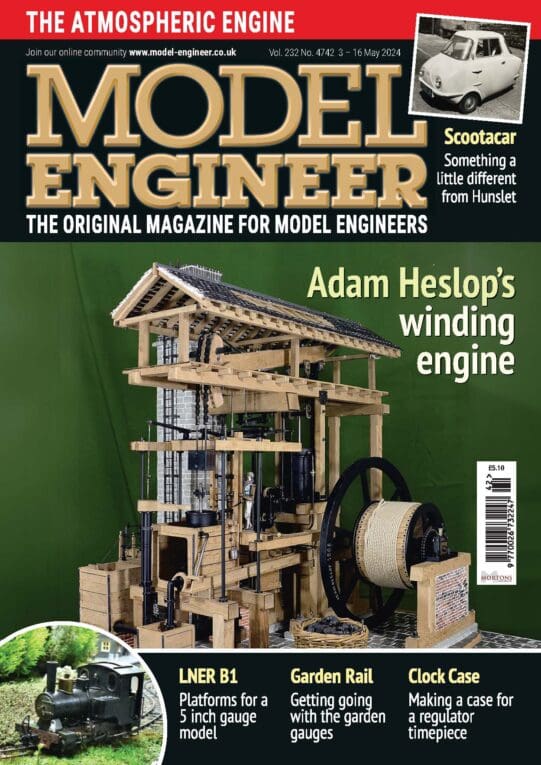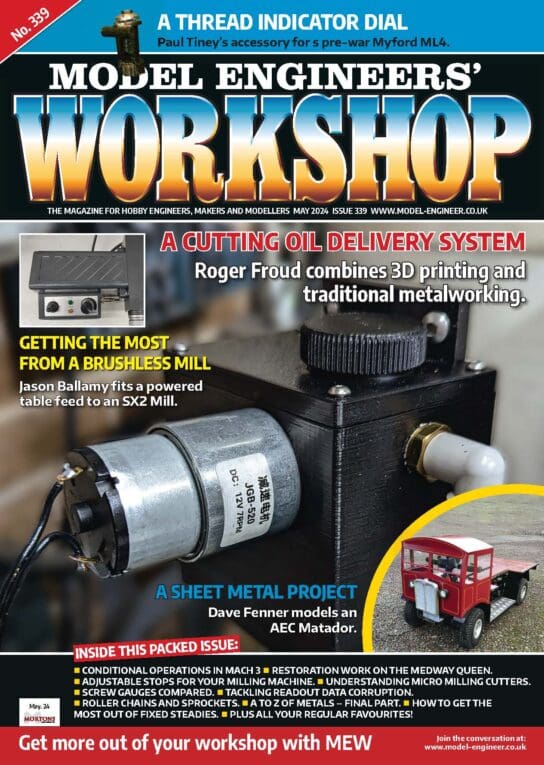You do have to be mindful of a possible effect on the relationship of clasp nut and lead screw. Rather depends on machine, amount of wear on gib etc etc. Being a myford, there is usually quite a lot of ‘slack’ available for small adjustments so that particular problem can be a bit overstated.
The trick is to get away with the least ‘reasonable’ thickness of shim sufficient to move the small inner saddle bearing off the back of the front shear, for the whole length of the bed.
I would proceed by checking current condition by moving saddle to middle of bed engaging nut and giving a turn or two on the leadscrew, then get some sort of pointy thing, referenced to the front shear and check if there is much difference between lateral measurement of pointer to leadscrew at headstock end and again where the saddle is. If no significant bowing measurable then you can:
Slack off the front saddle gib to allow 5 to 10 thou clearance at the mid saddle bearing, then measure the gap on the saddle back bearing surface. With luck you may find this is 1 to 1.5mm or there about, but total apron re-positioning will be about 10 thou.
Alternatively, measure the gap on the saddle back bearing surface which will be your shim thickness, then mill 10 to 20 thou off the mid saddle bearing surface. In this case there is practically no change to the lateral position of the apron.
In my slapdash world, neither approach would result in a significant effect on the lateral position of the apron clasp nut. However, if this not acceptable you can mill the LS bearing blocks and readjust gearing on the quadrant or ease the saddle to apron bolt mounting holes, either approach is probably higher risk than a 10 thou displacement of the clasp nut ( have you noticed what an immaculate high precision hard wearing mazak unit myford chose to use for this component!).
If initial measurements reveal there is significant lateral bowing in the lead screw to start with, you need to determine what is required by setting the saddle at a lateral position that has no bowing effect when the leadscrew is engaged and work your measurements from there. Who knows, you may be lucky and find any leadscrew bowing is away from the lathe bed!
Martin of Wick.




